Photos in Paris: Eugène Atget's City
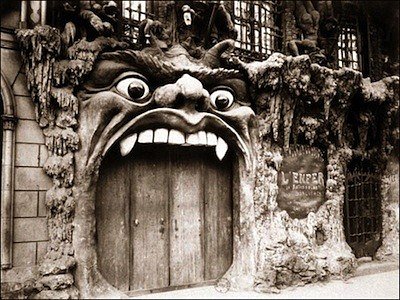
Tue 12 Jun 2012
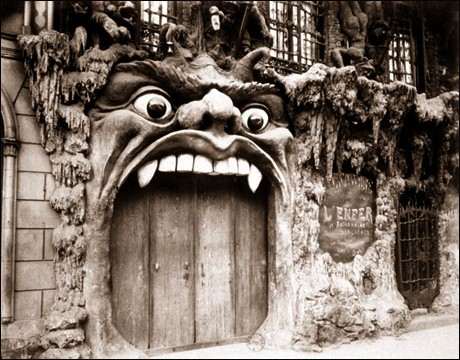
© Eugène Atget, "Cabaret de l'Enfer," boulevard de Clichy, 1910. Courtesy Musée Carnavalet, Bilbliothèque nationale de France.
Sometimes there’s something to be said for rain. This spring, Paris alternated between sparkling and soaking. But that allowed me multiple trips to the Musée Carnavalet, which is showing work by Eugène Atget. When it comes to photos in Paris, there is no greater treat. Atget’s oeuvre is a true Paris treasure. So, if you’re in town, this show is a must.
If you don’t already know Atget, don’t worry. This exhibition is the perfect introduction.
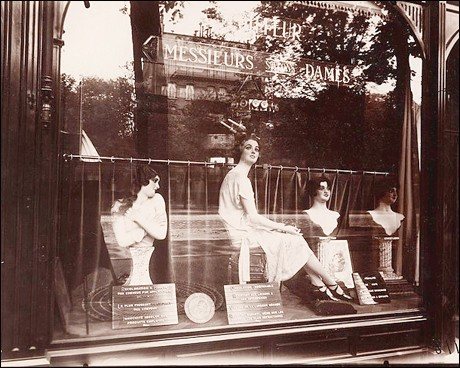
© Eugène Atget, Avenue de l'Observatoire, 1912. Courtesy Musée Carnavalet, Roger-Viollet.
Eugène Atget had several careers before photography. Young, he was a merchant marine. Then he trained—and tried to work—as an actor. Briefly, he also experimented with painting. Only at the age of 40 did he find his calling, in recording the landscape and life of Paris.
There are different theories about Atget’s intentions, but nothing concrete is known about them. What is clear is how he systematically captured the city: her streets, river, gardens, hidden courtyards and human variety. If his eye for existence in Paris seems uncanny, this is due to what curator Françoise Reynaud calls “a faultless sense of where to place the camera.” Because Atget captured so much (from architecture to lampshade peddlers in the street), the show is a Parisian experience with no parallel. From 1898 to 1927, visitors watch inhabitants of the city moving house, peering out of their windows, taking in an eclipse, sailing toy boats and offering love for sale.
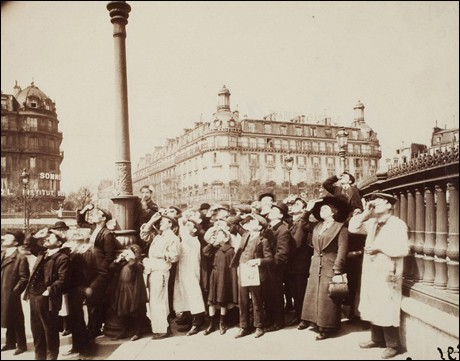
© Eugène Atget, The eclipse, April 1912, album of Man Ray, George Eastman House.
That’s not to mention what some consider the greatest photos ever taken in Paris: Atget’s portraits of streets, buildings, alleys and shops. Many are gone forever, yet many of those that do remain are eerily identical.
Behind the panorama of Atget’s Paris lurks the story of American lenswoman Berenice Abbott. Abbott, who was an assistant in Man Ray’s studio, recognized Atget’s eye as one of a kind. Working in that Montparnasse building where he lived, she became his tireless champion. She convinced Ray to buy an album’s worth of pictures (housed in America now, these are on show). When Atget died, she saved much of the work he left. It is because of Abbott we know Atget’s art.
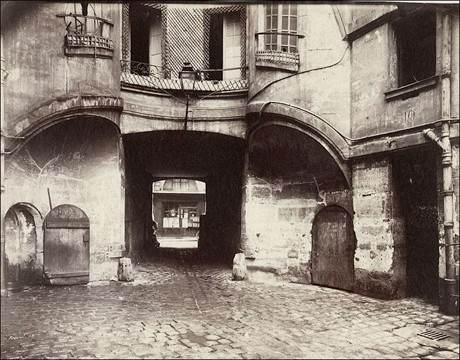
© Eugène Atget, The courtyard at rue du Dragon, album of Man Ray, George Eastman House.
Especially at weekends, the show is full of Parisians. Of every age and background, they peer into the frames with a mixture of wonder and pride. If you understand French, their commentaries alone are worth the price of admission.
So, for photography fans, are Atget’s amazing pictures. Despite the semiarchaic nature of the equipment he lugged around, and his stated aim of mere documentation, he achieved a poetry few have ever equaled. Even in the 1890s, before he narrowed his task to a portrait of “picturesque” Paris, Atget’s work displayed extraordinary composure. As critic John Szarkowski says, “He was a photographer of such originality his work remains a benchmark to which much of the most sophisticated contemporary photography always looks.”
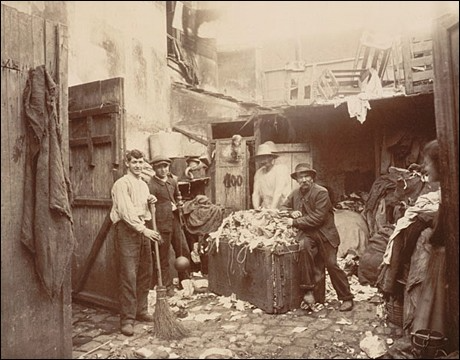
© Eugène Atget, Chiffoniers (Ragpickers), Porte d'Asnières, Cité Valmy, 1913. Courtesy Musée Carnavalet, Roger-Viollet.
Another great asset of this show is its layout. With the work displayed thematically, there is time to feast your eyes on what you like the most. This might be vanished landmarks, café society, architecture, neighborhood markets or the assortment of “little métiers” in the street (ragpicker, shellfish seller, secondhand shoe dealer). It also offers surprises such as Atget’s photographs of Paris interiors.
In short: don’t miss this dazzling tribute to an ever-changing city.
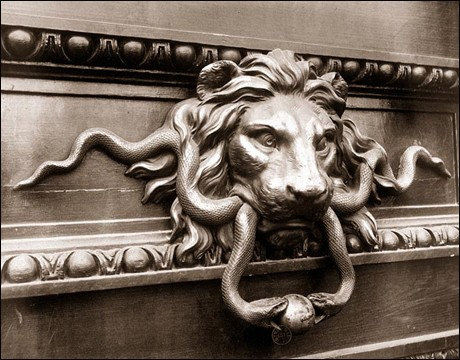
© Eugène Atget, Hôtel de la Monnaie, quai Conti, 1900. Courtesy Musée Carnavalet, Bilbliothèque nationale de France.
TIP
The best way to keep up with all the news on photos in Paris is through Le blog de la photo, run by the Paris mairie. This features shows, openings, talks and upcoming books: anything that might interest those who love photography.
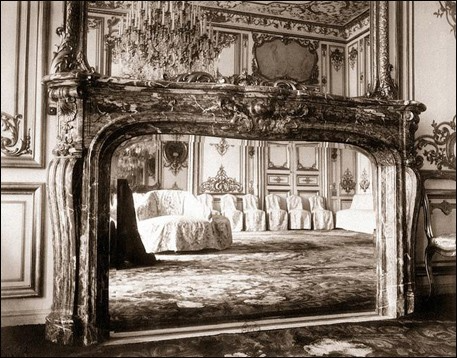
© Eugène Atget, Former Austrian embassy, Hôtel Matignon, 57, rue de Varenne, 1905. Courtesy Musée Carnavalet, Bilbliothèque nationale de France.
TIP
This show is both wonderfully cool on a sweltering day and perfect for consoling you if it rains unexpectedly.
Related Links
Musée Carnavalet
Eugène Atget
Berenice Abbott
Man Ray
Le blog de la photo
Eugène Atget, “Le Vieux Paris” online expo, Bibliothèque nationale de France
“Eugène Atget, Paris” (video trip)
Editor’s note: Have you subscribed to our free bimonthly newsletter yet?